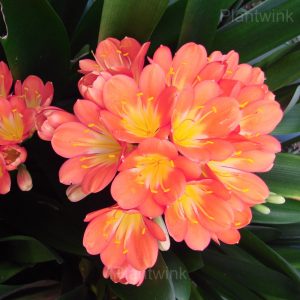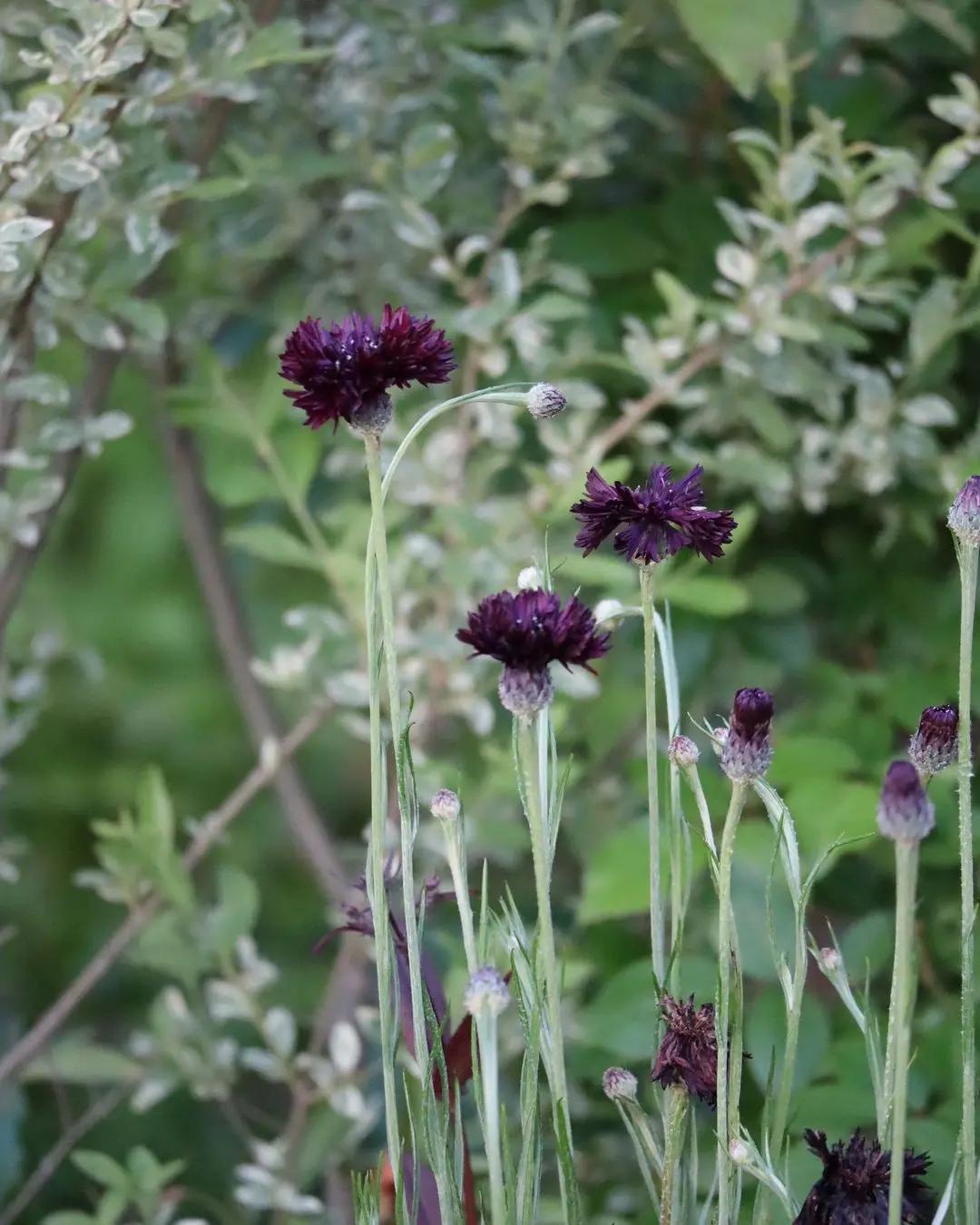The plant Aristolochia, also known as the “Dutchman’s pipe,” has an interesting story. Legend has it that it got its name because the unique shape of its flowers resembles a smoking pipe. In ancient times, it was believed that smoking from this pipe would convey magical powers to the smoker. People would carry and cultivate these plants in their gardens as a symbol of prosperity and protection. However, it is important to note that certain species of Aristolochia can be toxic if ingested. Despite its intriguing history, caution is advised when dealing with this fascinating plant.
Picture
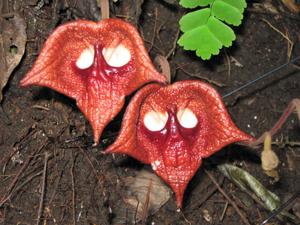
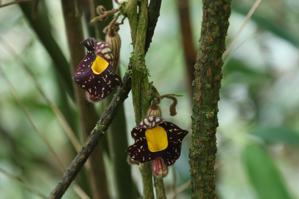
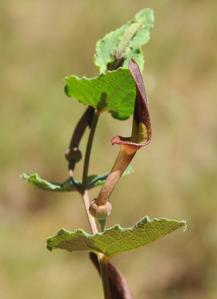
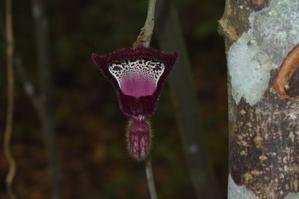
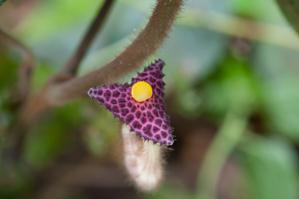
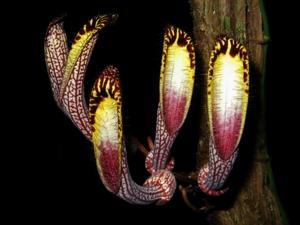
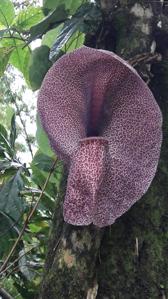
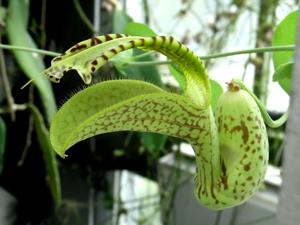
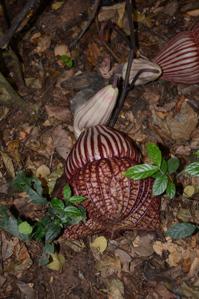
Plant some seeds now!
Short Description
Aristolochia (English: /əˌrɪstəˈloʊkiə/) is a large plant genus with over 500 species that is the type genus of the family Aristolochiaceae. Its members are commonly known as birthwort, pipevine or Dutchman’s pipe and are widespread and occur in the most diverse climates. Some species, like A. utriformis and A. westlandii, are threatened with extinction.
Isotrema is usually included here, but might be a valid genus. If so, it contains those species with a three-lobed calyx.
Description
Calico flower (A. littoralis): habit
Aristolochia is a genus of evergreen and deciduous lianas (woody vines) and herbaceous perennials. The smooth stem is erect or somewhat twining. The simple leaves are alternate and cordate, membranous, growing on leaf stalks. There are no stipules.
The flowers grow in the leaf axils. They are inflated and globose at the base, continuing as a long perianth tube, ending in a tongue-shaped, brightly colored lobe. There is no corolla. The calyx is one to three whorled, and three to six toothed. The sepals are united (gamosepalous). There are six to 40 stamens in one whorl. They are united with the style, forming a gynostemium. The ovary is inferior and is four to six locular.


